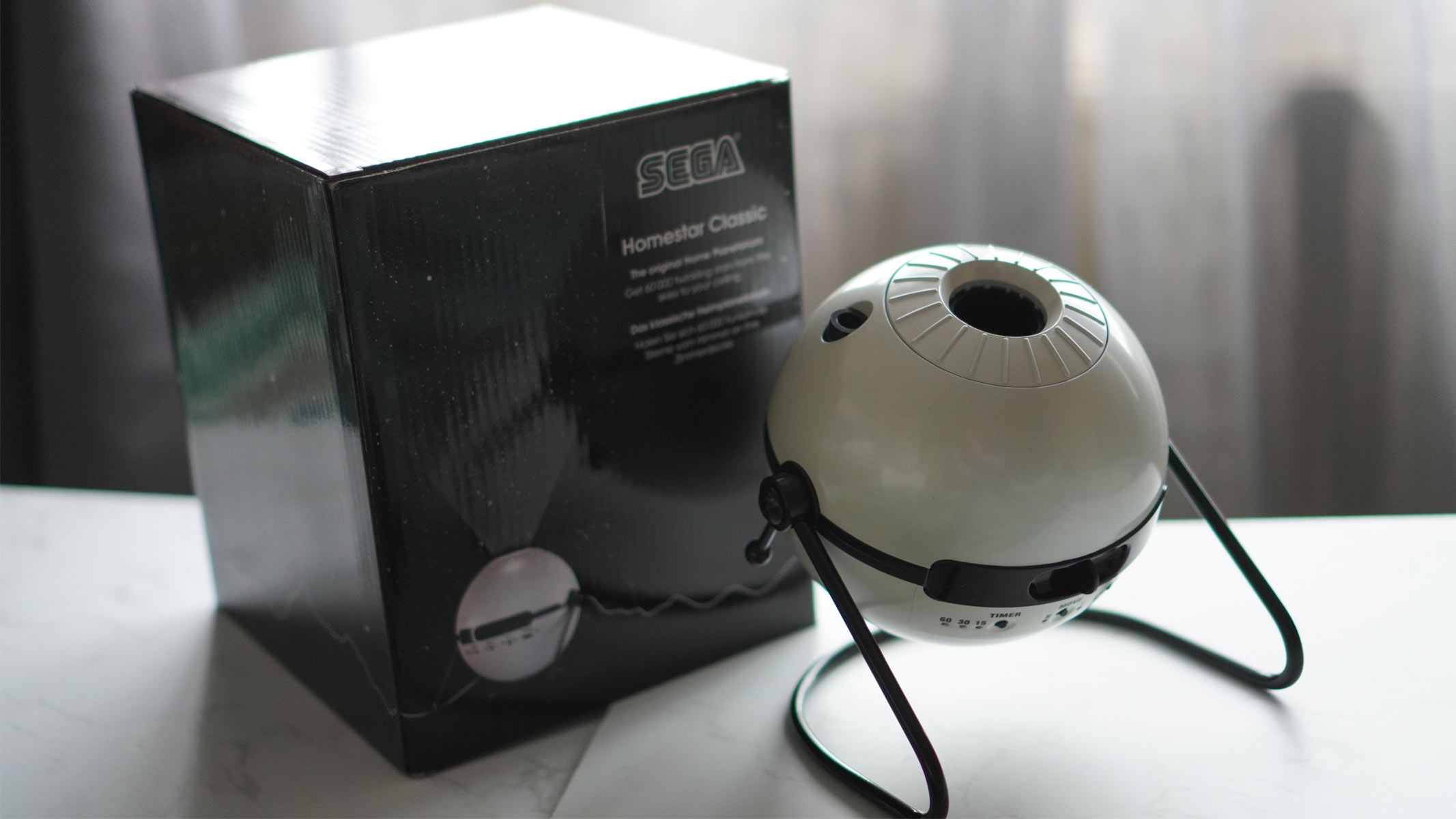Solar Orbiter launches on historic mission to study the sun's poles
The probe's long journey is underway.
CAPE CANAVERAL, Fla. — The European-built Solar Orbiter spacecraft is officially on its way to the sun.
The 3,790-lb. (1,800 kilograms) spacecraft lifted off atop a United Launch Alliance (ULA) Atlas V rocket, rising off a pad at Space Launch Complex 41 here at Cape Canaveral Air Force Station on Sunday (Feb. 9) at 11:03 p.m. EST (0403 GMT on Feb. 10). The veteran launcher flew in a unique configuration featuring a 13-foot-wide (4 meters) fairing and a single solid rocket booster.
Solar Orbiter separated from the rocket as planned 53 minutes after liftoff. And, a few minutes later, the mission team had established communications with the spacecraft. So this launch, the first of the year for ULA, seemed to go swimmingly.
Related: The Solar Orbiter mission to explore the sun's poles in photos
#SolarOrbiter - we hear you!We have acquisition of signal. Our New Norica tracking station has locked on to #SolarOrbiter. Transmission coming in loud and clear.#AOS✅#LoudAndClear〰️#Estrack📡 pic.twitter.com/vLRmHBc113February 10, 2020
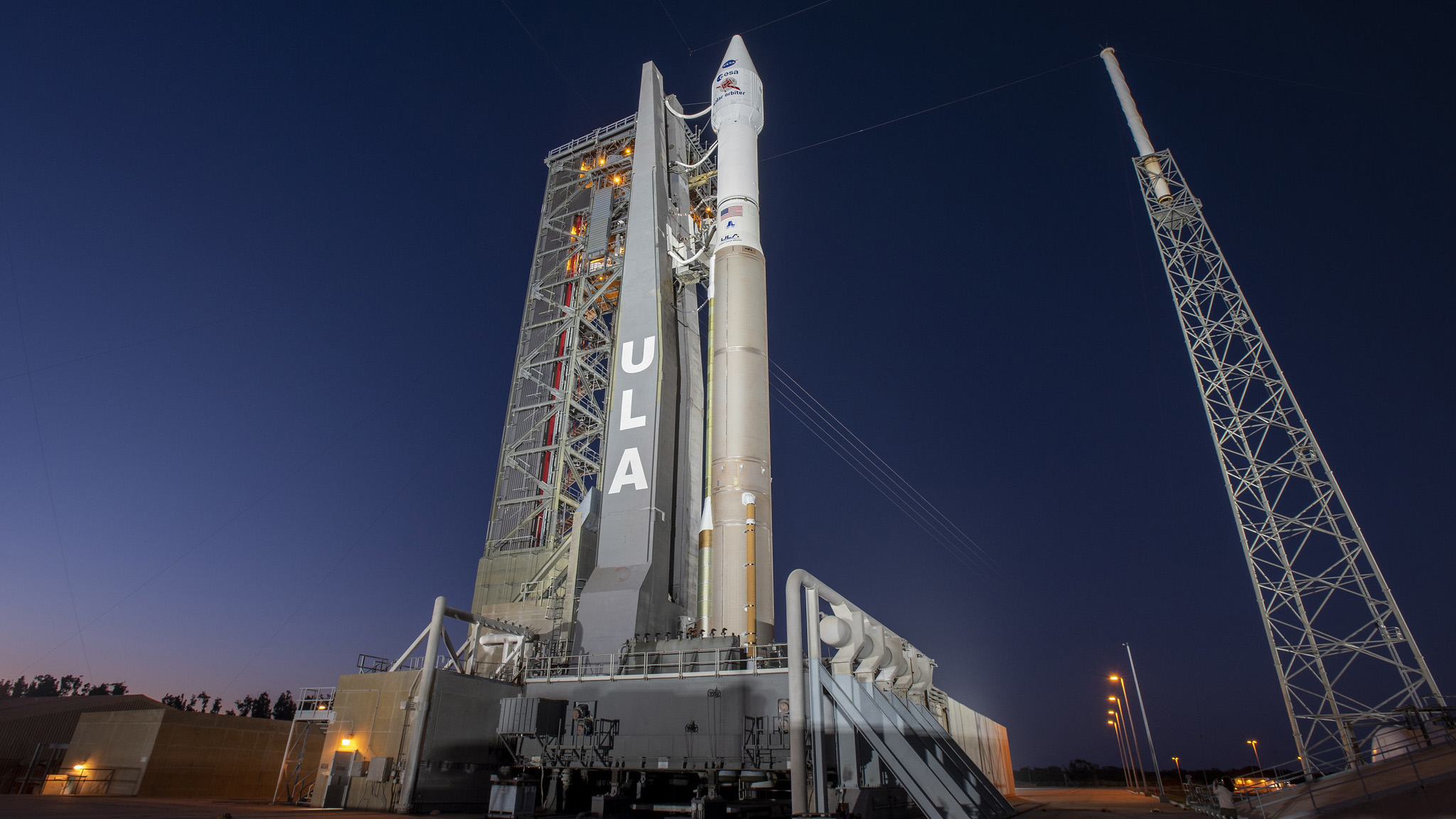
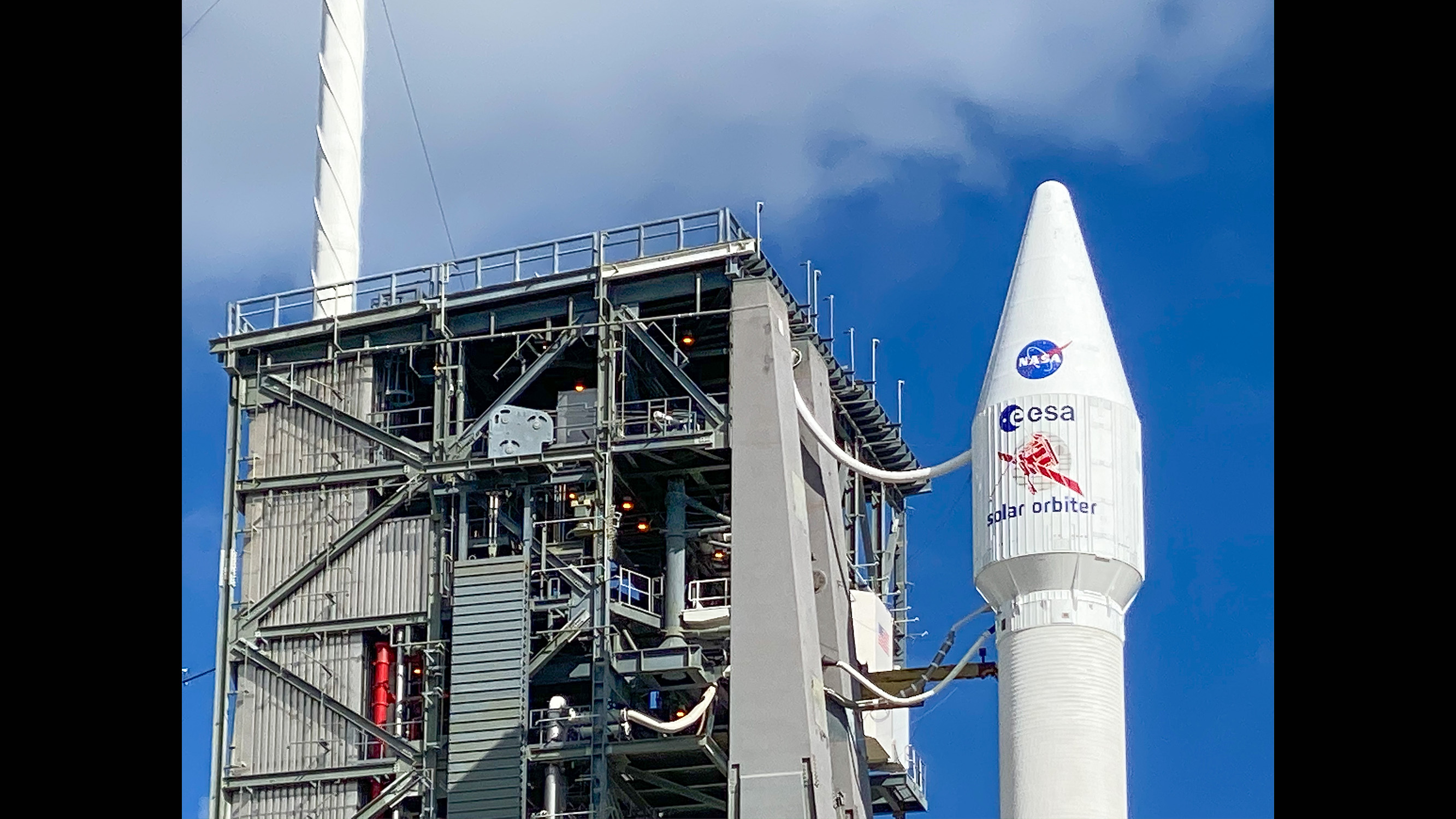
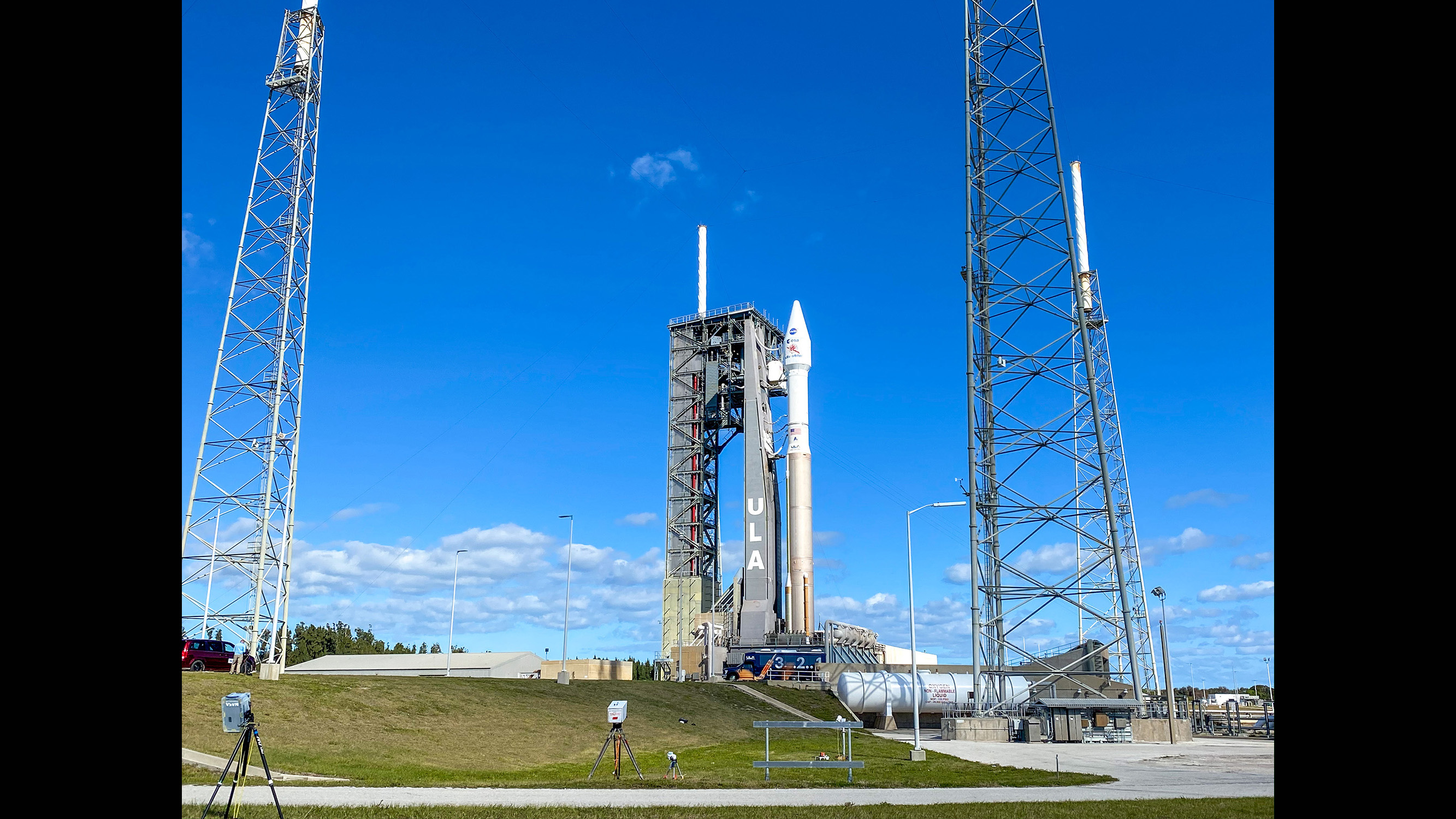
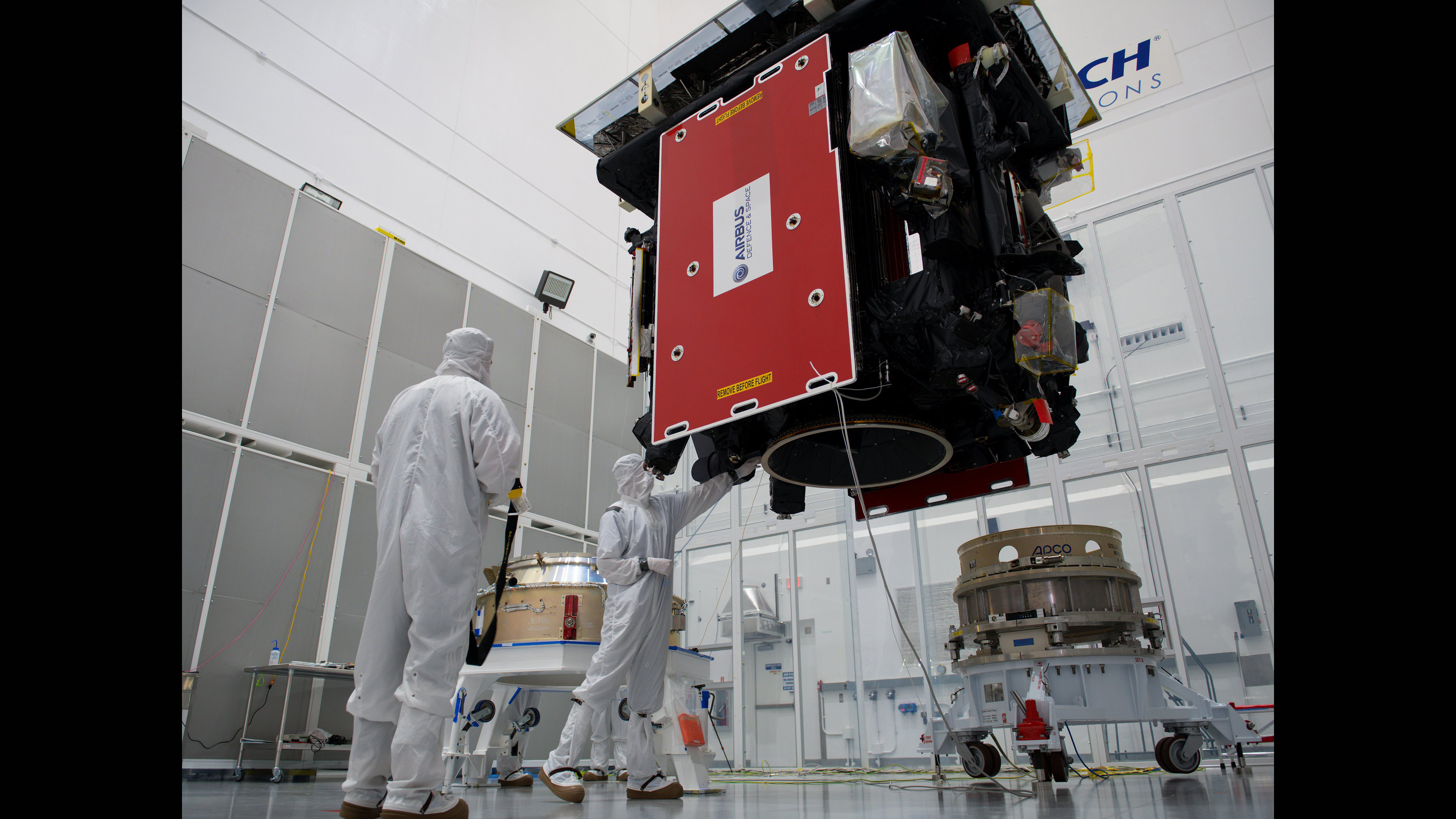
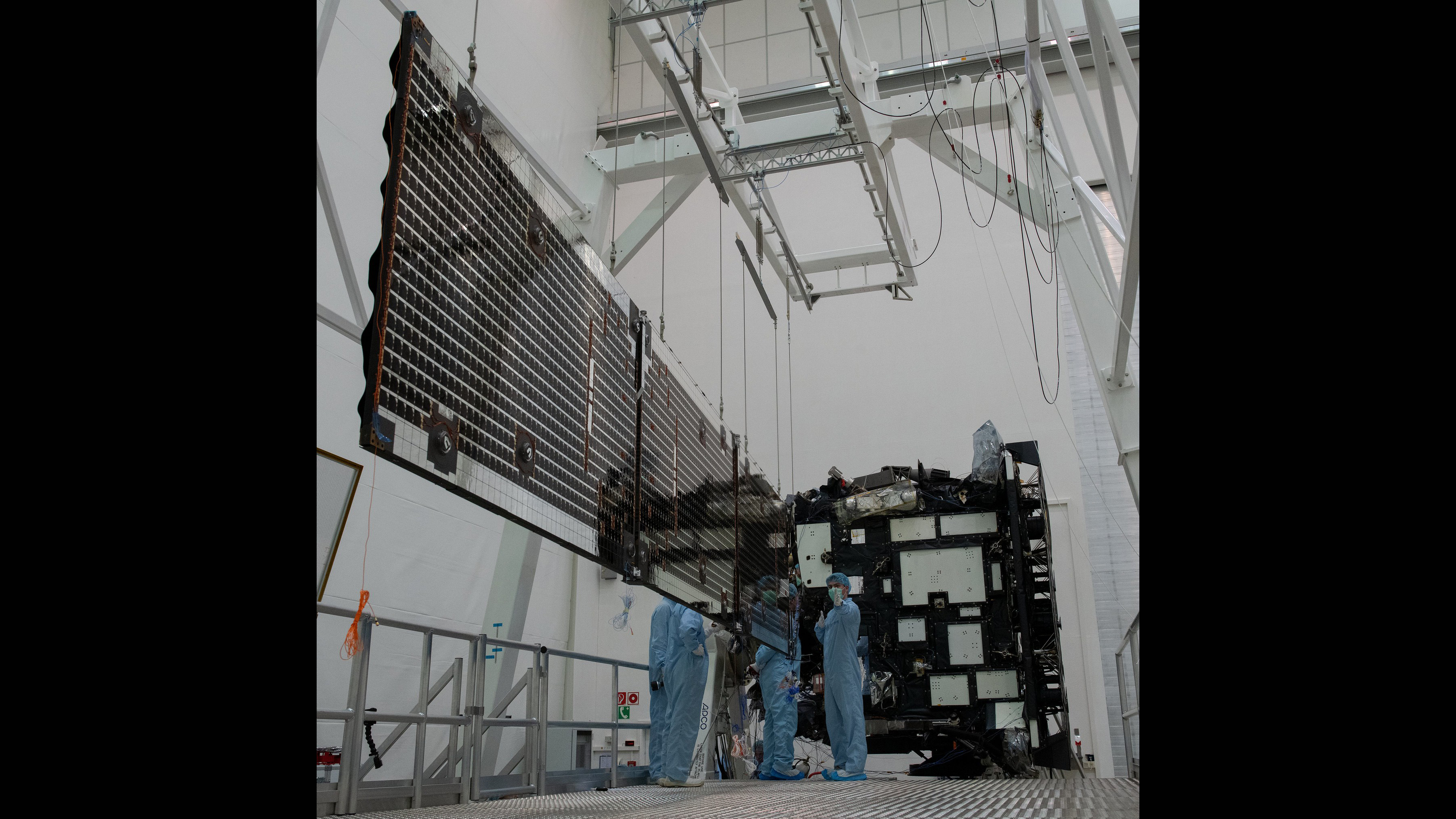
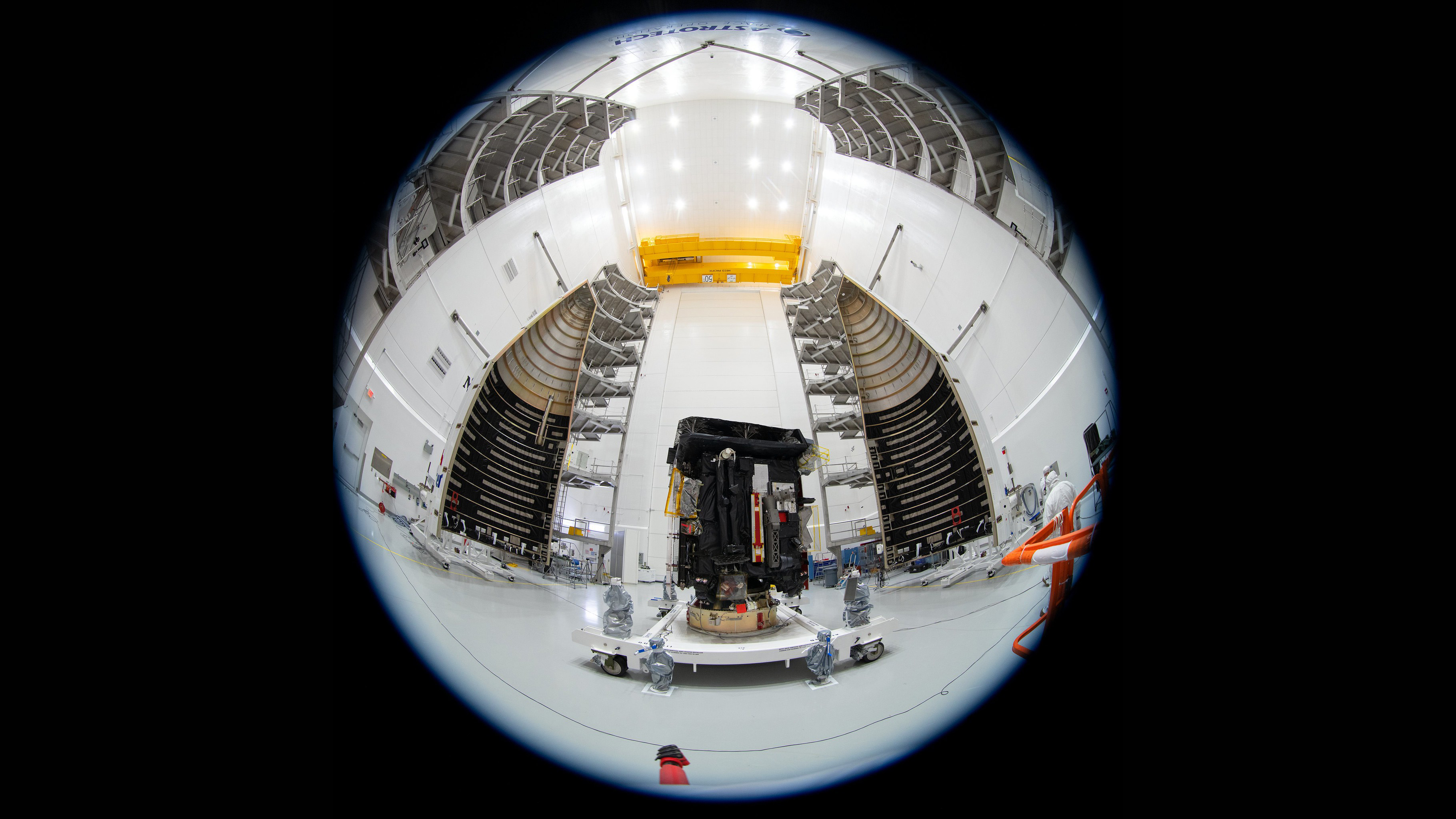
Solar Orbiter is a collaboration between the European Space Agency (ESA) and NASA. The mission is expected to return unprecedented data and images, as well as our first views of the sun's polar regions, and the team of people behind it are thrilled.
"Whenever you launch something, it's incredibly exciting," Günther Hasinger, ESA's director of science, told Space.com. "The biggest relief comes when you see the light from the rocket and then when the sounds waves hit you."
"This mission is such a treasure and important to science, we all want it to go well," he added.
Get the Space.com Newsletter
Breaking space news, the latest updates on rocket launches, skywatching events and more!
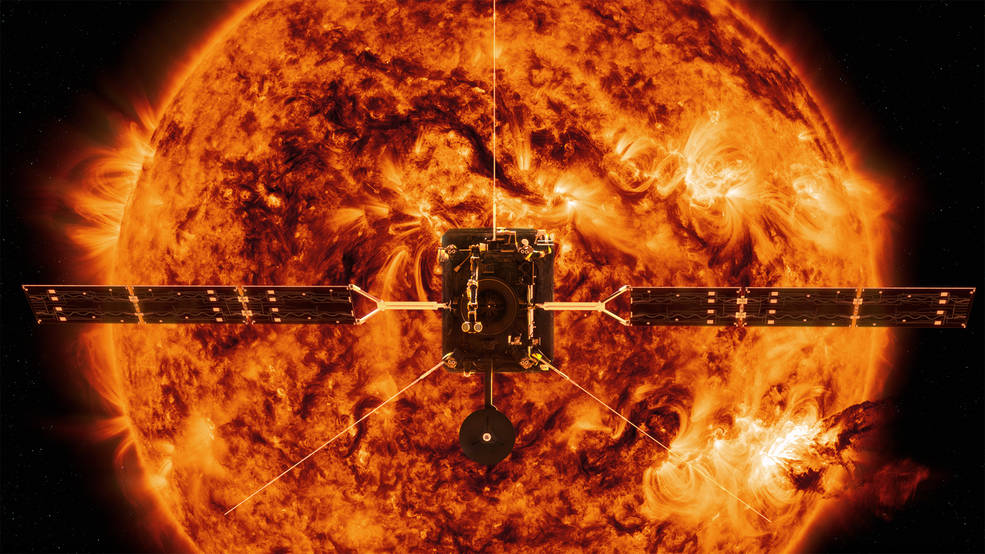
Scientists first proposed this mission over two decades ago, in 1999. ESA officials originally planned for the mission to launch sometime between 2008 and 2013. However, technical difficulties and some mission reshuffling ultimately delayed the launch to 2020.
"The thermal protection system for the spacecraft has been one [of a few] challenges," said César García, Solar Orbiter project manager at ESA.
Over the years, technology developments have enabled the team to better protect the spacecraft and its suite of ultra-sensitive instruments. To stay cool, the craft has a 324-lb. (150 kg) heat shield, which is built to withstand temperatures up to 970 degrees Fahrenheit (520 degrees Celsius), Hasing said.
"Solar Orbiter will go into this region that is about as hot as a pizza oven," he said. "It has a very intricate heat shield that is keeping it safe from sun, with these little peep holes that open when we want to look at the sun, but then close because the instruments are so sensitive."
The heat shield resembles a sandwich, made up of many layers of titanium foil. And that foil (along with parts of the spacecraft) is coated with a special material called SolarBlack that was created for Solar Orbiter. Made of calcium phosphate (the same material as human bone), the coating has also been used to help prosthetics bond with human bone, reducing the chance of rejection.
The bone-based coating, which covers a large portion of the spacecraft, has stable thermal properties, is electrically conductive and will not slough off over the course of the mission. García said that white is a typical color choice for spacecraft coatings because it reflects the sun's rays incredibly well. Unfortunately, it has a major disadvantage: the white coloring will darken over time as it's exposed to ultraviolet radiation. This significantly changes the thermal properties of the spacecraft and can adversely affect its instruments.
The team unofficially dubbed Solar Orbiter "Blackbird" as a nod to its special thermal protection system.
Another challenge was to ensure that the onboard instruments do not interfere with magnetic field measurements the spacecraft will take. Cleanliness is yet another challenge, according to García.
He told Space.com that the instruments are sensitive to molecular contamination, and that any type of residue, dust particles or stray hair could spell disaster for the science expected from these instruments. García also explained that the spacecraft is also sensitive to water vapor. In fact, the craft's sensitive telescopes are not going to turn on for a while so that any residual water vapor that formed during launch will evaporate.
During a prelaunch news briefing on Friday (Feb. 7), García said that the spacecraft was cleaner than it was required to be for the instruments to perform as expected. "This is the cleanest spacecraft ever launched," he told Space.com.
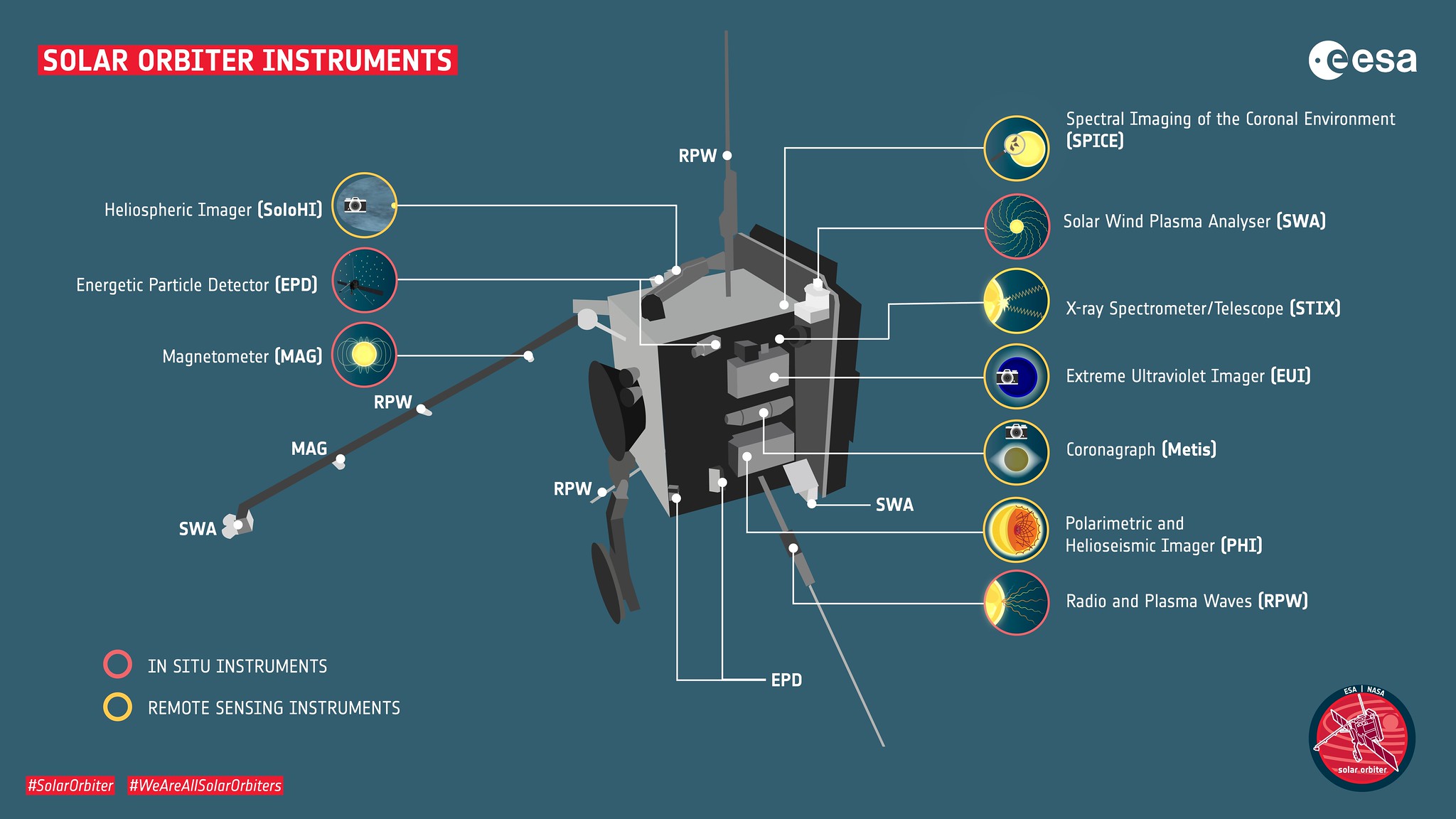
ESA is leading the Solar Orbiter mission, with NASA paying for the launch vehicle and one of the 10 instruments on board. NASA's total monetary contribution to the mission is roughly $386 million, with ESA contributing $877 million out of a grand total cost of around $1.5 billion. (García told Space.com that the participating research institutions and universities were not required to disclose how much each of the individual instruments cost.)
Solar Orbiter was designed to study the sun up close. Its main goal is to answer the question: How does the sun create and control the heliosphere — the huge protective bubble that surrounds our solar system — and why does that bubble change over time?
Scientists believe the key to answering that question lies in the sun's polar regions. Solar Orbiter will be the first spacecraft to image this enigmatic region. "We believe this area holds the keys to unraveling the mysteries of the sun's activity cycle," Daniel Müller, ESA's Solar Orbiter project scientist, told Space.com.
"The sun's magnetic field causes all the effects we see," he added. Solar Orbiter will connect what's going on at the sun with what's happening out in the heliosphere in unprecedented detail, mission team members have said.
The probe's measurements will help establish a cause-and-effect relationship to what happens on the sun and what we observe in the near-Earth environment, Sam Solanki, director of the Max Planck Institute for Solar System Research in Germany, told Space.com.
"It's a wonderful compliment to the Parker Solar Probe, which takes in-situ measures but cannot see the whole picture," Solanki said, referring to a record-breaking NASA probe that launched in August 2018.

The first good look at the sun's poles won't come until 2025, when Solar Orbiter will reach a trajectory of 17 degrees above the ecliptic plane — where the Earth and the rest of the planets orbit. The spacecraft will achieve this vantage point via gravity-assist flybys of Venus, which will boost its inclination.
Solar Orbiter's steepest viewpoint, 33 degrees above the ecliptic, won't come until 2029, when the spacecraft will be well into an expected extended mission (which would start in December 2026). That angle will provide the best images of the sun's polar regions, although throughout the mission, the spacecraft will beam back unprecedented data about these never-before-seen regions.
But for now, Solar Orbiter will cruise toward the sun, completing a few passes of Venus on its way to study our star up close. Preliminary science measurements are expected as early as May, with full science operations commencing in November 2021 when the craft's imagers come online.
- The greatest missions to the sun
- How the sun's magnetic field works (infographic)
- What's inside the sun? A star tour from the inside out
Editor's Note: This story was updated at 12:10 a.m. EST on Feb. 10 with news of spacecraft separation and the establishment of communications with Solar Orbiter.
Follow Amy Thompson on Twitter @astrogingersnap. Follow us on Twitter @Spacedotcom or Facebook.

Join our Space Forums to keep talking space on the latest missions, night sky and more! And if you have a news tip, correction or comment, let us know at: community@space.com.

Amy Thompson is a Florida-based space and science journalist, who joined Space.com as a contributing writer in 2015. She's passionate about all things space and is a huge science and science-fiction geek. Star Wars is her favorite fandom, with that sassy little droid, R2D2 being her favorite. She studied science at the University of Florida, earning a degree in microbiology. Her work has also been published in Newsweek, VICE, Smithsonian, and many more. Now she chases rockets, writing about launches, commercial space, space station science, and everything in between.
